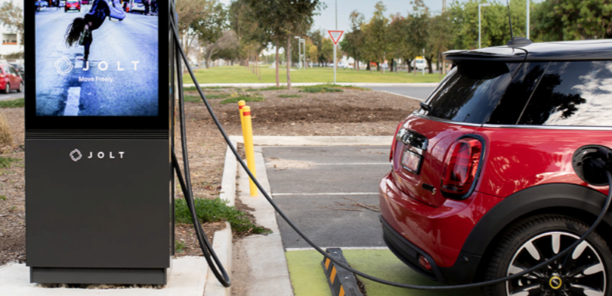The second episode in our webinar series delved into the first real-world steps needed to navigate the road to net zero fleet assets.
We shared a lot of valuable information.
Here’s a quick recap:
- We showed the importance of having a written transition plan, one that’s logical, correctly costed and has realistic timelines. Without one, you’ll react to time pressures when the need for change is at your doorstep – and that can mean expensive mistakes.
- We discussed understanding your council’s business needs. After all, every council’s requirements differ and there simply isn’t a one-size-fits-all answer in this transition process.
- We covered Selection Criteria and Weightings, with a distinct emphasis on environmental impacts. These are critical because they’ll help you make the right asset purchase choices.
- We showed how the move to small electric plant assets is perhaps the simplest transition step to make, and a good first step to get familiar before the move to larger net zero vehicle and machinery assets.
- ero vehicle and machinery assets. Guest speaker Andrew Hall from electric vehicle (EV) recharging infrastructure provider JOLT shared some valuable information about EV recharging solutions and the progress JOLT is making with its growing EV fast-recharging network, which is powered by 100% local green energy and designed to be a zero-cost solution to EV users.
You can click on the button below to download the presentation from this important webinar episode.
We’ve also included a handy guide to electric vehicle. Just click the button below to access it.
You can join our webinar series at any time. It’s free.
We conduct our webinars on weekdays around midday (AEDST / AEST) so they’re conveniently timed.
CLICK HERE to register for our next webinar on Transitioning to Net Zero Fleets. It’s scheduled for Tuesday 8 February 2022. In this next instalment, we’ll cover:
- The steps you can take today to improve your journey to a net zero outcome with your vehicles and machinery assets.
- Carbon offsets, proactively measuring your carbon outputs, and carbon sink.
- And we’ll show you how our data analytics system can measure the CO2 outputs of vehicles and machines – whether they’re owned, leased, hired or shared.
Make sure you join.


